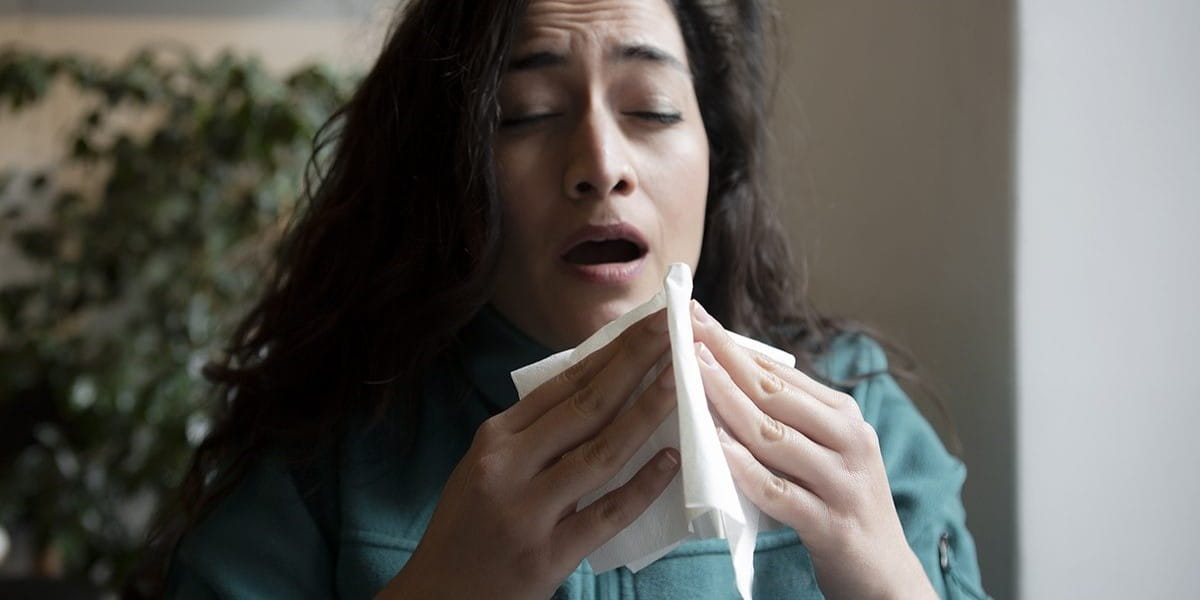Why Do We Sneez?
Doodlebrary
Sneezing is a reflex action that helps the body expel irritants from the respiratory system, particularly the nose. The primary purpose of sneezing is to protect the respiratory system and maintain the health of the airways. Here’s how the process generally works:
- Irritant Detection: When an irritant, such as dust, pollen, smoke, or other particles, enters the nasal passages, it can stimulate the nerve endings in the mucous membranes.
- Nerve Signal to Brain: The irritation triggers a signal to the brain, specifically to the sneezing center located in the medulla oblongata (a part of the brainstem).
- Coordination of Muscles: The brain, in response to the irritation, sends signals to various muscles involved in the sneezing reflex. These muscles include those in the chest, abdomen, diaphragm, and the muscles that control the opening and closing of the vocal cords.
- Sudden Exhalation: The coordinated contraction of these muscles results in a sudden, forceful exhalation of air through the nose and mouth. This force helps expel the irritants from the nasal passages and respiratory system.
- Clearing Irritants: The rapid expulsion of air during a sneeze is intended to clear the irritants and prevent them from traveling deeper into the respiratory system.
Sneezing is a protective mechanism, and it’s a normal part of the body’s defense against potential respiratory hazards. While most sneezes are triggered by irritants, some people may experience a photic sneeze reflex, where exposure to bright light can induce sneezing in certain individuals. This phenomenon is known as the “photic sneeze reflex” or “ACHOO syndrome” (Autosomal Dominant Compelling Helio-Ophthalmic Outburst syndrome). The exact reason for this reflex in response to light exposure is not fully understood.
